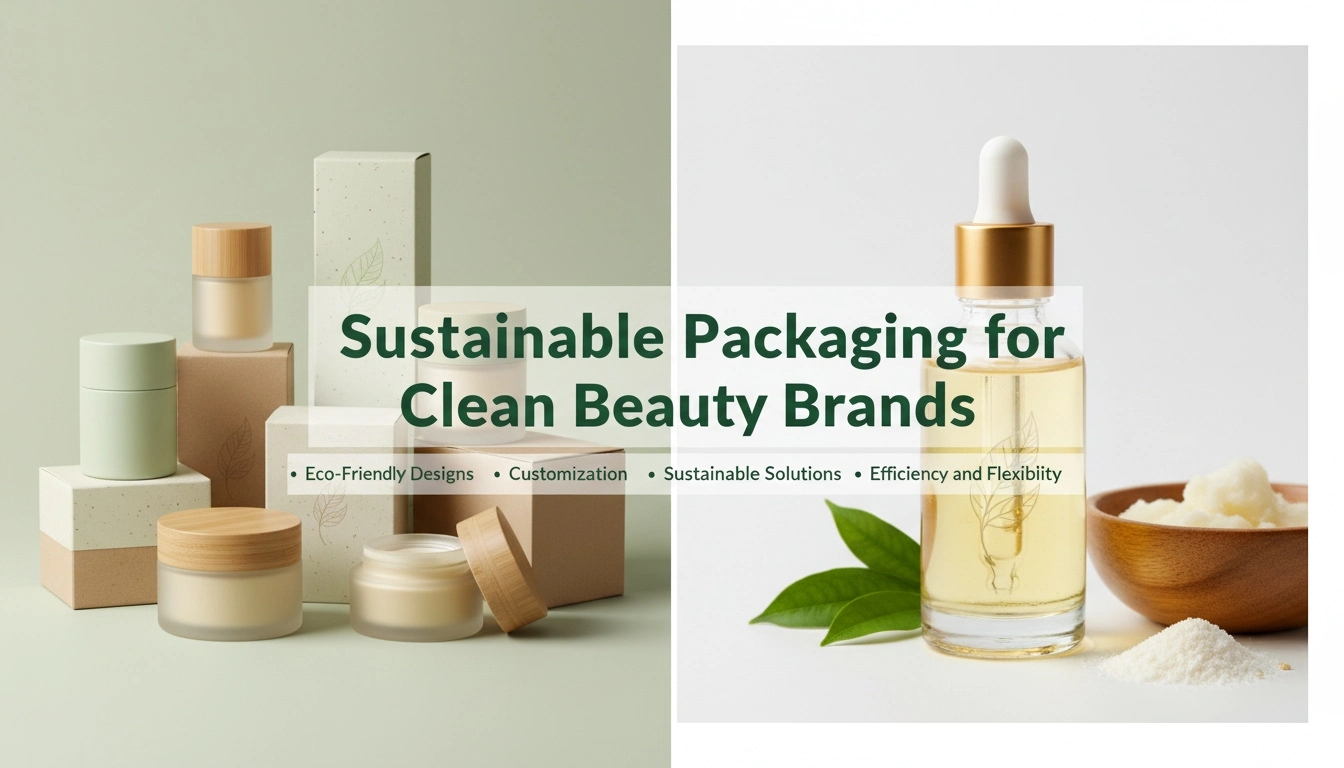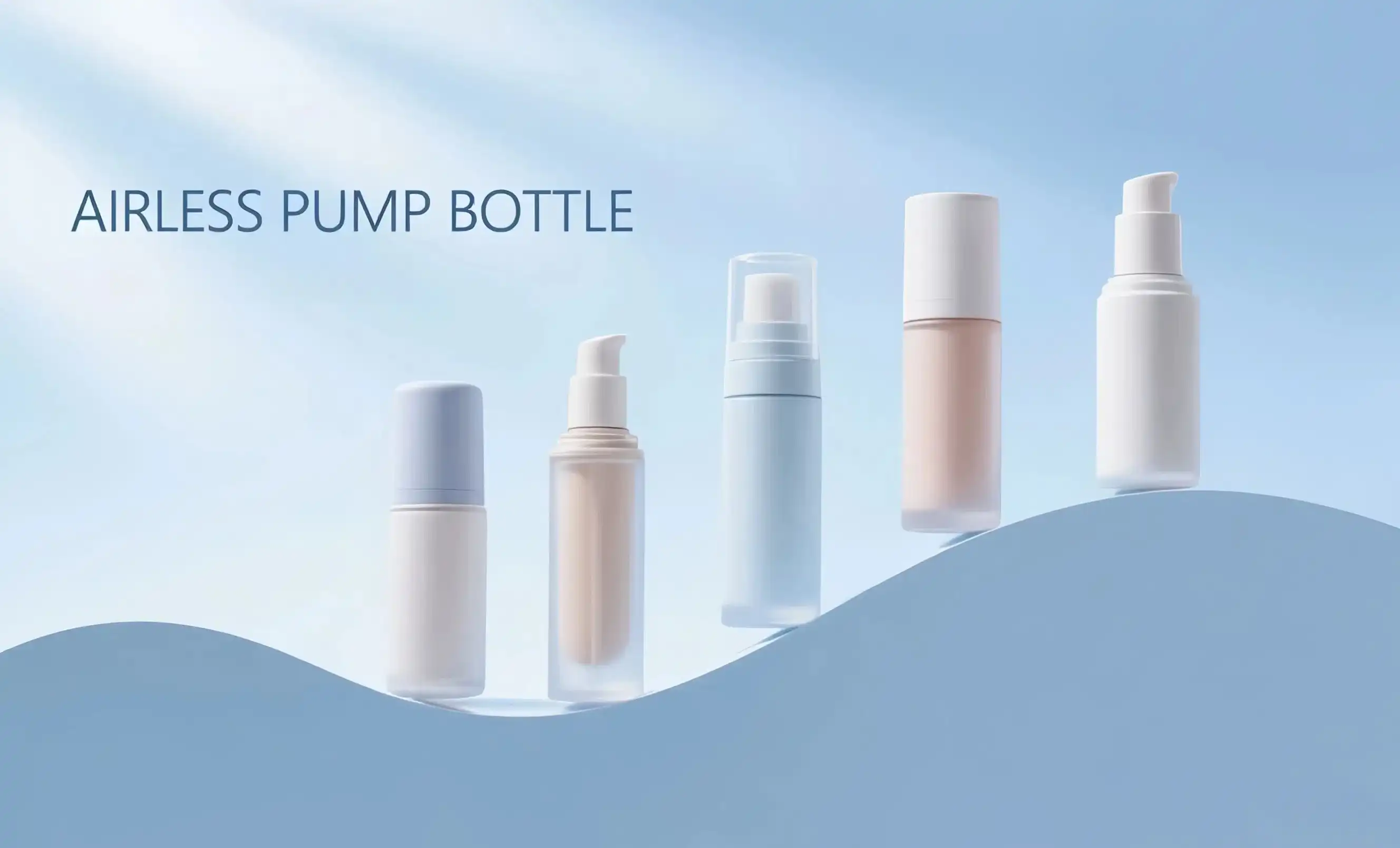The Science Behind UV Degradation in Skincare
To fully grasp why UV-proof packaging is so important, you must first be aware of the harm that UV radiation can do to skincare products. Traditional packaging materials are susceptible to penetration by ultraviolet radiation, especially ultraviolet B and A rays, which may set off a chain reaction of chemical reactions inside skincare products. The ineffectiveness of the product as well as its texture, color, and smell might be compromised due to the breakdown of active components caused by these responses.
Molecular Impact of UV Exposure
Vitamins, antioxidants, and peptides are at risk of molecular degradation due to oxidation reactions set off by ultraviolet light. As an example, vitamin C is infamously unstable when exposed to air and light, despite its widespread use in beauty products. Its effectiveness and skin-brightening qualities may be diminished due to its rapid breakdown when exposed to UV light. Similarly, retinoids, strong anti-aging chemicals, may be destroyed by UV light, which might make them useless even before they reach the skin of the consumer.
Consequences for Product Efficacy
The therapeutic effects of skincare products are diminished and potentially hazardous byproducts are formed as a result of UV deterioration. The safety profile of the product might be compromised if these byproducts induce skin irritation or allergic responses. Discoloration or separation, for example, might alter the product's physical attributes and have a negative effect on the product's image and the reputation of the brand.
Innovative UV-Proof Packaging Technologies Explained
The magnificence industry has reacted to the challenge of UV corruption with a run of imaginative packaging materials and plans particularly designed to ensure skincare details. In spite of their contrasts, all advances have a common objective: to secure items from hurtful UV beams while diminishing their presentation.
Advanced Material Sciences
Using certain materials that absorb or block UV rays is one of the main solutions for UV-proof packaging. Protect yourself from the sun's rays using high-performance polymers that have been treated with chemicals that absorb ultraviolet light. For light-sensitive compositions, containers made of opaque plastic or amber-colored glass greatly decrease UV transmission. Without sacrificing the product's visual attractiveness, several manufacturers have created multi-layer packaging materials that include UV-blocking layers.
Innovative Dispensing Systems
Packaging design is just as important as material selection when it comes to protecting products from ultraviolet light. When you shop with Topfeelpack, you can be certain that their airless pump systems will keep your goods safe from air and light. An extra layer of UV protection is provided by the opaque or metallized components that are characteristic of these systems. To protect their products from harmful ultraviolet radiation, some companies have begun using packaging with integrated filters or reflective coatings.
Smart Packaging Solutions
Innovative smart packaging solutions have opened up a world of possibilities for UV protection. Photochromic components in skincare products may darken in response to ultraviolet radiation, allowing for dynamic protection. Nanoparticles are being considered by numerous companies as a way to upgrade the UV-blocking properties of bundling materials whereas protecting their stylish offer.
Extending Shelf Life: Benefits for Consumers and Brands
In the cutthroat beauty industry, UV-proof packaging technology creates a win-win situation for skincare manufacturers and customers alike.
Consumer Advantages
For consumers, UV-proof packaging ensures that the products they purchase maintain their efficacy throughout their intended use period. This translates to better results and a more satisfying skincare experience. Extended shelf life means less product waste, providing better value for money. Moreover, the reduced risk of irritation or adverse reactions due to degraded ingredients enhances overall safety and consumer confidence.
Brand Benefits
Using UV-proof packaging has several advantages for companies. Companies may include more active ingredients, even ones that were previously considered too unstable for public consumption, into their recipes by keeping the consistency of their goods. Here are a few unused ways to separate your merchandise and improve in a swarmed showcase. Lessening the probability of buyer complaints and returns, in expansion to improving the product's solidness, boosts the brand's notoriety and shopper dependability.
Sustainability Implications
Product protection is UV-proof packaging's principal function, although it also helps with environmental initiatives. These packaging options are in line with the increasing demand from consumers for eco-friendly practices since they increase product shelf life and decrease waste. Companies leading the charge in this movement include Topfeelpack, whose products combine UV protection with eco-friendly materials and production methods that minimize energy use.
Conclusion
The utilization of UV-proof packaging has enormously improvedthe strength and adequacy of skincare items. Inventive bundling arrangements like this shield sensitive compositions from destructive UV beams, so clients get their money's worth from their skincare items. Brands may take advantage of UV-proof packaging to address client concerns around item lifetime and maintainability, while also investigating modern openings for detailing and peculiarity.
The importance of defensive bundling will, as it were, increase as the beauty care products industry undergoes significant changes. Companies that put cash on UV-proof innovation are ahead of the bend when it comes to fulfilling client needs for tough, compelling products. In addition to inventive skincare equations, the future of skincare is in the advanced bundling that both secures and scatters these focal points.
Cosmetics companies, beauty supply shops, and skincare firms who want to take their products to the next level must team up with packaging experts. To meet the specific demands of the cosmetics sector, Topfeelpack has developed state-of-the-art airless bottles and UV-proof packaging solutions. To assist firms in navigating the intricacies of contemporary skincare packaging, Topfeelpack offers speedy customisation, affordable pricing, and a dedication to sustainability.
Ready to enhance your product stability and extend shelf life? Contact Topfeelpack today at pack@topfeelgroup.com to explore our range of UV-proof packaging solutions and take your skincare products to the next level.
FAQ
1. How does UV-proof packaging differ from regular packaging?
UV-proof packaging is specifically designed to block or absorb ultraviolet radiation, protecting the contents from degradation. Regular packaging may not offer this level of protection, potentially allowing UV rays to penetrate and affect the product inside.
2. Can UV-proof packaging completely eliminate the need for preservatives in skincare products?
While UV-proof packaging significantly enhances product stability, it doesn't entirely eliminate the need for preservatives. Preservatives also protect against microbial contamination, which can occur through other means. However, UV-proof packaging may allow for reduced preservative levels in some formulations.
3. Are there any eco-friendly options for UV-proof packaging?
Yes, many companies are developing eco-friendly UV-proof packaging solutions. These include recyclable materials with UV-blocking properties, packaging materials made from post-consumer recycled content, and biodegradable options that still offer UV protection.
References
1. Johnson, A. et al. (2022). "The Impact of UV Radiation on Skincare Product Stability." Journal of Cosmetic Science, 73(4), 215-230.
2. Smith, R. (2021). "Advances in UV-Protective Packaging for Cosmetics." Packaging Technology and Science, 34(8), 423-438.
3. Lee, S. H., & Kim, Y. J. (2023). "Comparative Analysis of UV-Blocking Efficacy in Different Cosmetic Packaging Materials." International Journal of Cosmetic Science, 45(2), 178-192.
4. Wang, L. et al. (2022). "Consumer Perceptions and Preferences for UV-Protected Skincare Products." Journal of Consumer Behaviour, 21(3), 301-315.
5. Garcia, M., & Fernandez, P. (2023). "Sustainability in Cosmetic Packaging: Balancing UV Protection and Environmental Impact." Sustainable Materials and Technologies, 36, e00423.
6. Brown, T. (2021). "The Economic Impact of Extended Shelf Life in the Cosmetics Industry." Journal of Business Strategy, 42(5), 112-125.

 - 副本_1745399213966.webp)

_1747827716538.webp)

